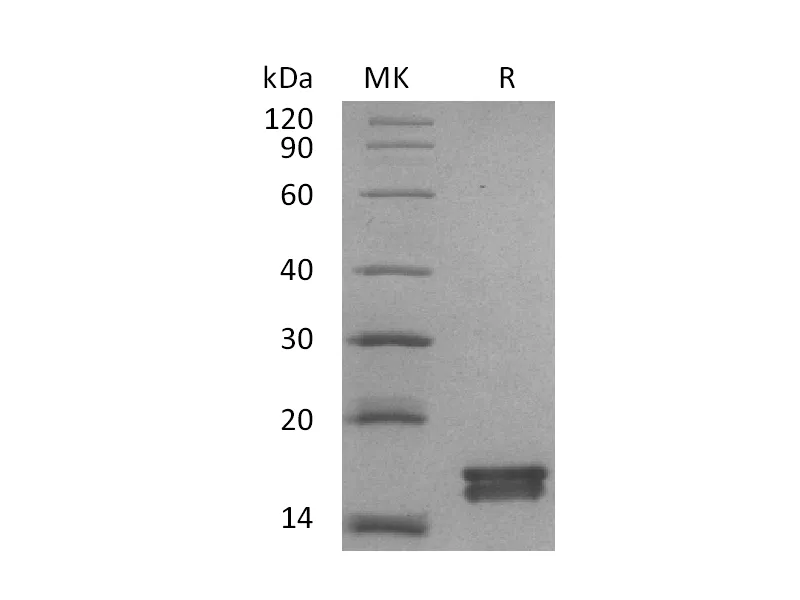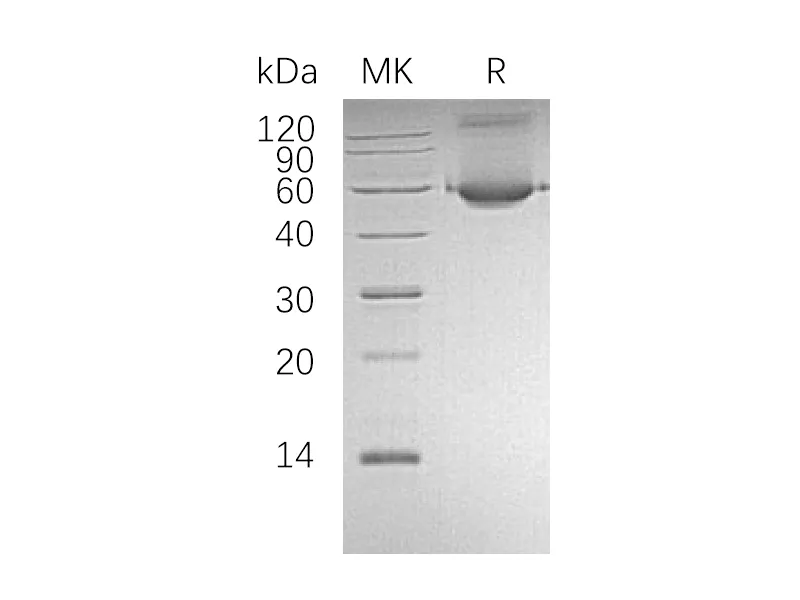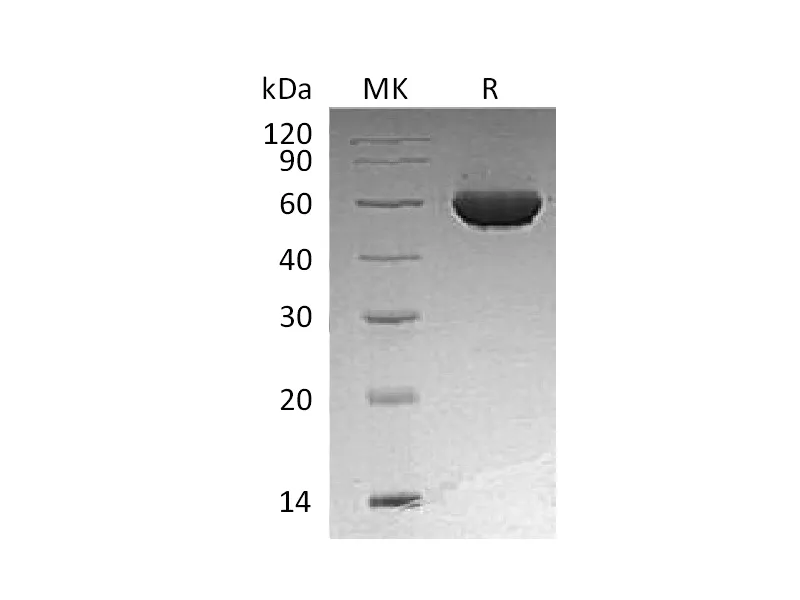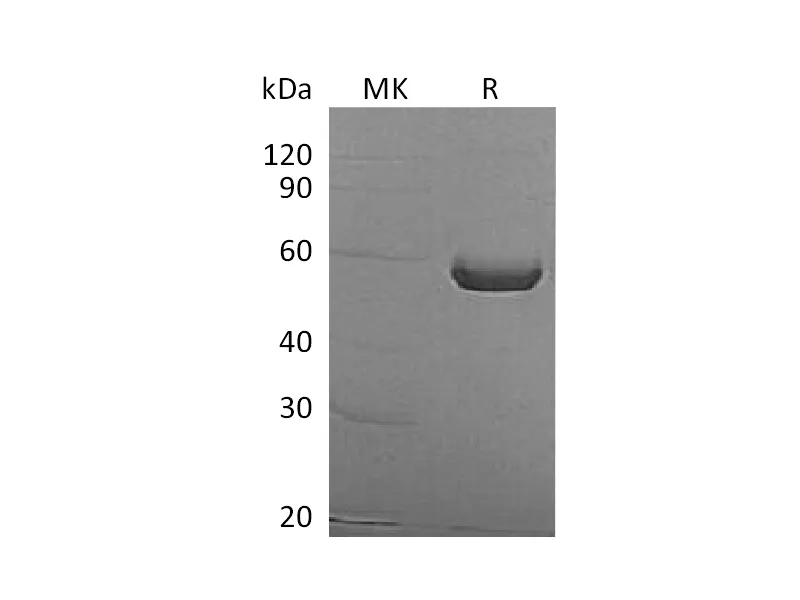Alternative Names
Pyrethroid hydrolase Ces2e; carboxylesterase 2E; Ces5
Background
Carboxylesterase 5 (CES5), also called cauxin or CES7, is a member of carboxylesterases family which plays an important role in the hydrolysis of ester and amide bonds. Carboxylesterase is a type of enzyme that capable of hydrolyzing a variety of carboxylic acid esters and its widely distributed in cells especially in mammalian liver. CES5 is with broad substrate specificity ranging from small molecule esters to longchain fatty acid esters and thioesters. It has been previously reported CES5 was in high concentrations in the urine (cauxin) of adult male cats, and within a protein complex of mammalian male epididymal fluids. Roles for CES5 may include regulating urinary levels of male cat pheromones, catalyzing lipid transfer reactions within mammalian male reproductive fluids, and protecting neural tissue from drugs and xenobiotics.
Note
For Research Use Only , Not for Diagnostic Use.




